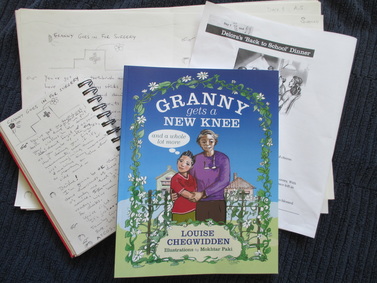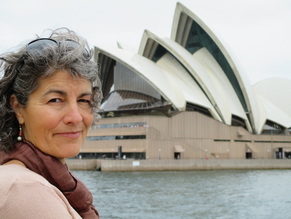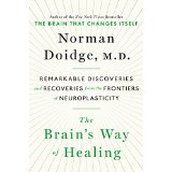Last week's episode of Move Forward Radio with Jason Bellamy, features an interview I did with Jason talking about, 'Granny Gets A New Knee and a whole lot more.'
You can listen to the podcast by using the BOOK tab on my home page, by linking to
http://www.moveforwardpt.com/Radio/Detail.aspx?cid=a0f1affb-ac6b-45eb-af74-af52bf92bb3c#.Vce0q3j4v8s or download it from iTunes:
https://itunes.apple.com/us/podcast/move-forward-radio-blog-talk/id567114297
You can listen to the podcast by using the BOOK tab on my home page, by linking to
http://www.moveforwardpt.com/Radio/Detail.aspx?cid=a0f1affb-ac6b-45eb-af74-af52bf92bb3c#.Vce0q3j4v8s or download it from iTunes:
https://itunes.apple.com/us/podcast/move-forward-radio-blog-talk/id567114297



 RSS Feed
RSS Feed
